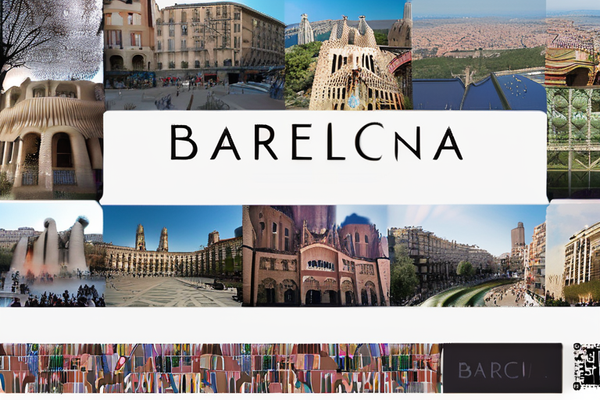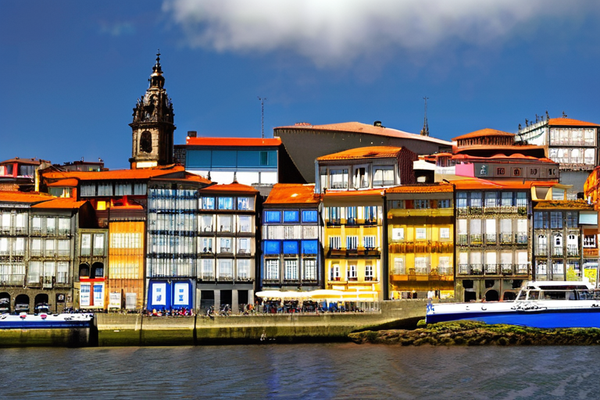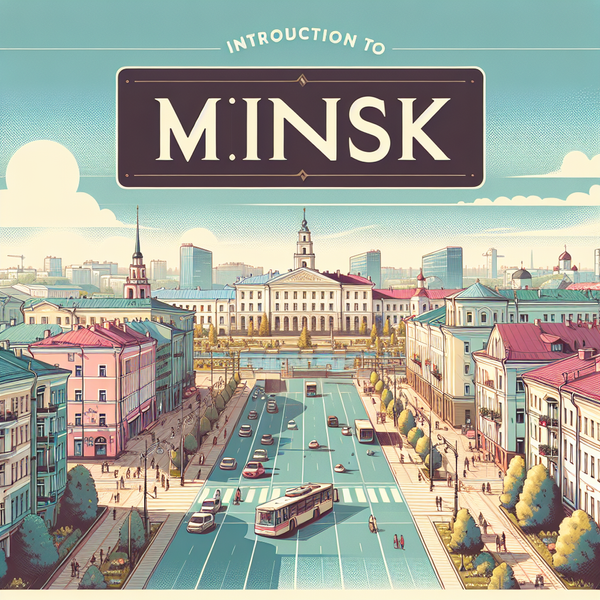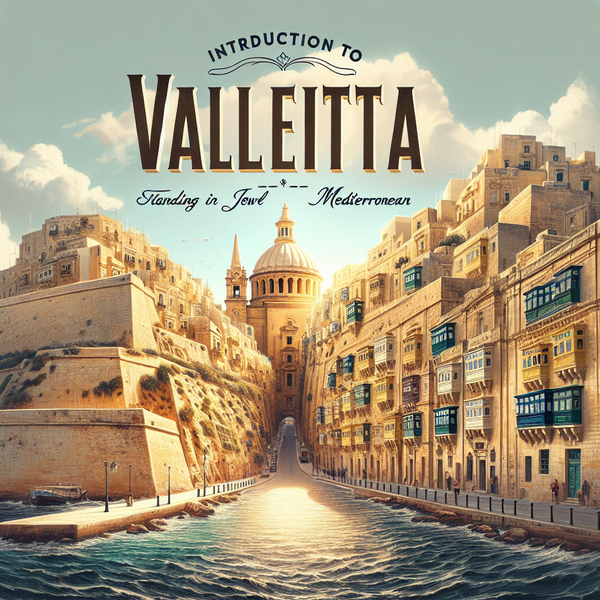Exploring Oslo: A Comprehensive Guide to the Vibrant Norwegian Capital
Oslo, the capital city of Norway, is a vibrant and dynamic destination that offers a unique blend of history, culture, and modernity.
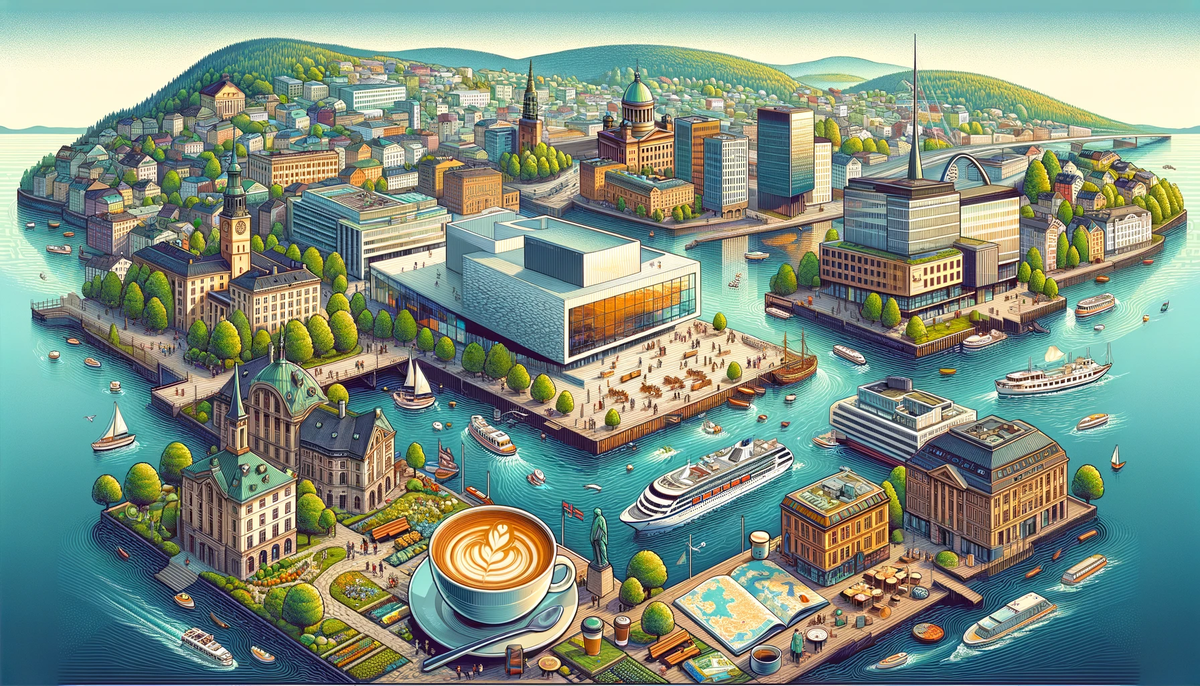
Oslo, the capital city of Norway, is a vibrant and dynamic destination that offers a unique blend of history, culture, and modernity. Surrounded by breathtaking natural beauty, Oslo is a city that is sure to captivate any visitor.
A Brief History of Oslo
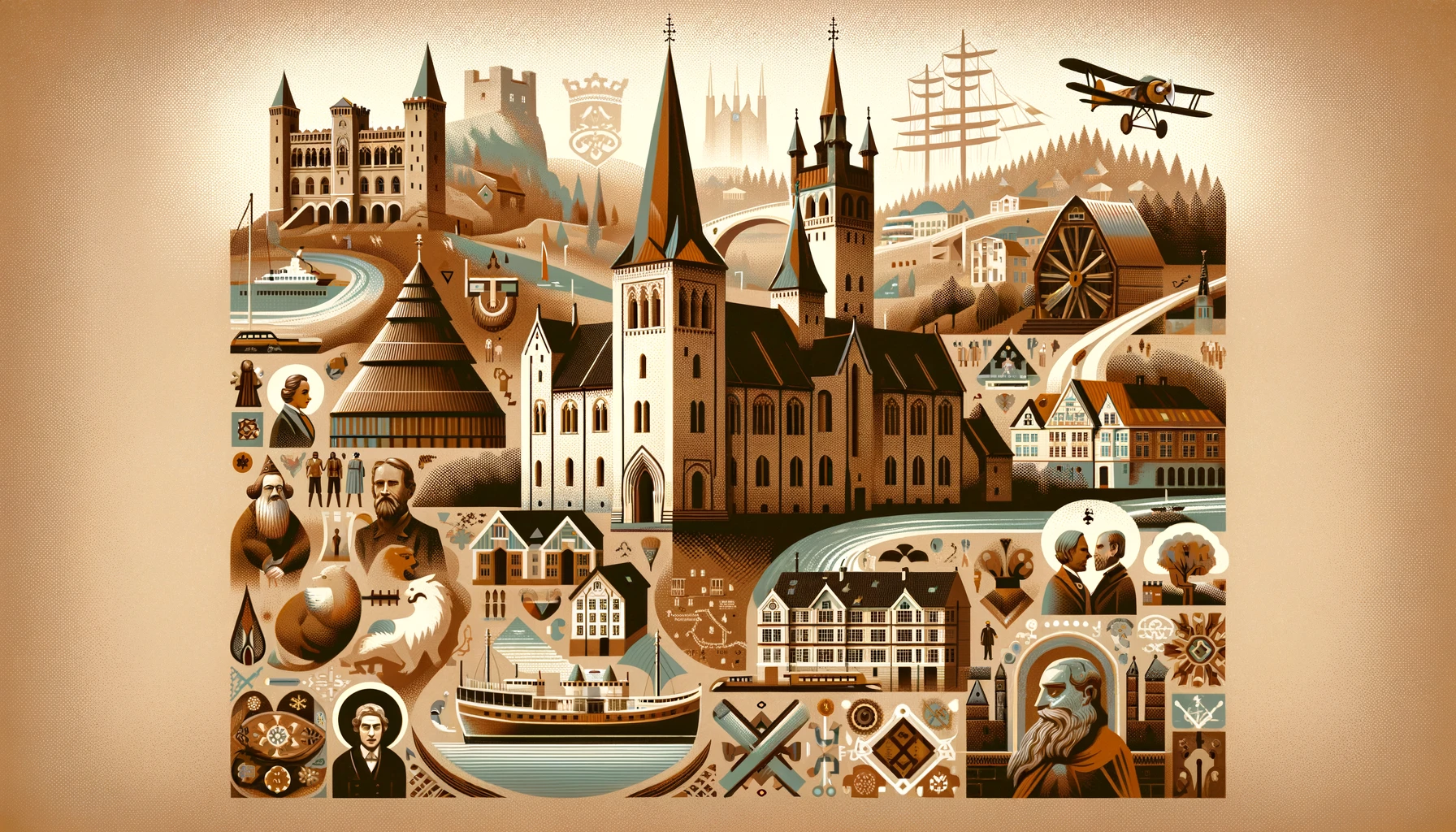
Oslo's history dates back to the year 1000 AD, when the first settlements were established along the Oslofjord. The city was officially founded in 1040 by King Harald III, who built a royal palace and church on the site of modern-day Oslo. Over the centuries, Oslo has played an important role in Norwegian history, serving as the capital city since 1299 and the site of many significant events, including the signing of the Nobel Peace Prize.
Despite its long and storied history, Oslo has undergone significant changes in recent years. In the late 19th and early 20th centuries, the city experienced a period of rapid industrialization, which led to significant population growth and urban development. However, by the mid-20th century, Oslo was facing significant social and economic challenges, including poverty, unemployment, and environmental degradation.
In response to these challenges, Oslo embarked on an ambitious plan to transform itself into a modern and sustainable city. This plan, which has been ongoing for several decades, has focused on improving the city's infrastructure, promoting economic development, and protecting the environment.
Oslo Today: A Modern and Sustainable City
Today, Oslo is widely recognized as one of the most modern and sustainable cities in the world. The city's infrastructure is world-class, with efficient public transportation systems, well-maintained roads and highways, and state-of-the-art telecommunications networks. Oslo is also a leader in renewable energy, with more than 60% of the city's energy coming from hydropower and other renewable sources.
Oslo's commitment to sustainability is evident in its urban planning and development. The city has implemented strict building codes and zoning regulations to promote energy efficiency and reduce greenhouse gas emissions. It has also invested heavily in green spaces, including parks, gardens, and forests, which help to filter the air and provide habitats for wildlife.
In addition to its modern infrastructure and commitment to sustainability, Oslo is also a cultural and artistic hub. The city is home to many world-class museums, galleries, and theaters, as well as a vibrant music scene. Visitors to Oslo can enjoy a wide range of cultural and artistic experiences, from traditional Norwegian folk music to contemporary art installations.
Top Attractions in Oslo

Oslo is a city rich in history, culture, and natural beauty, and there is no shortage of attractions to explore. Here are some of the top attractions that you won't want to miss during your visit to Oslo.
Vigeland Park: A Must-Visit for Art Lovers
If you're an art lover, then Vigeland Park should be at the top of your list of must-visit attractions in Oslo. This unique park is home to more than 200 sculptures by the renowned Norwegian artist Gustav Vigeland, and it is one of the most popular tourist destinations in the city. The sculptures, which are made from bronze, granite, and iron, depict the human form in all its complexity and beauty. Whether you're admiring the intricate details of the sculptures or simply enjoying the peaceful surroundings, Vigeland Park is a truly unforgettable experience.
The Viking Ship Museum: Discovering Norway's Rich Maritime History
For those interested in Norway's rich maritime history, the Viking Ship Museum is a must-visit attraction. This museum is home to three of the world's best-preserved Viking ships, as well as a variety of other artifacts from the Viking Age. The ships, which are more than 1,000 years old, are incredibly well-preserved, and they provide a fascinating glimpse into the lives of the Vikings who once sailed them. In addition to the ships, the museum also features a variety of exhibits that explore the history of the Vikings and their impact on the world.
The Royal Palace: A Symbol of Norway's Monarchy
No visit to Oslo would be complete without a stop at the Royal Palace. This magnificent building, which was completed in 1849, is the official residence of the Norwegian monarchy, and it is a symbol of Norway's rich history and cultural heritage. Visitors can take a guided tour of the palace, which includes the impressive throne room, the royal chapel, and the royal apartments. The palace is surrounded by beautiful gardens, which are open to the public and offer a peaceful retreat from the hustle and bustle of the city.
Akershus Fortress: A Testament to Oslo's Military Past
For those interested in military history, Akershus Fortress is a must-visit attraction. This impressive fortress, which was built in the 13th century, has played an important role in Norway's military history for centuries. Today, the fortress is open to the public, and visitors can explore its many rooms and corridors, which are filled with exhibits and artifacts that tell the story of Norway's military past. The fortress also offers stunning views of the Oslofjord, making it a popular spot for photographers and sightseers alike.
Frogner Park: A Green Oasis in the Heart of the City
If you're looking for a peaceful retreat from the hustle and bustle of the city, then Frogner Park is the perfect place to visit. This beautiful park, which is located in the heart of Oslo, is home to a variety of gardens, fountains, and sculptures, as well as a large lake that is perfect for picnics and relaxation. The park is also home to the Vigeland Installation, a collection of sculptures by Gustav Vigeland that are sure to inspire and delight. Whether you're looking for a place to relax, exercise, or simply enjoy the beauty of nature, Frogner Park is the perfect place to visit.
Outdoor Activities in Oslo
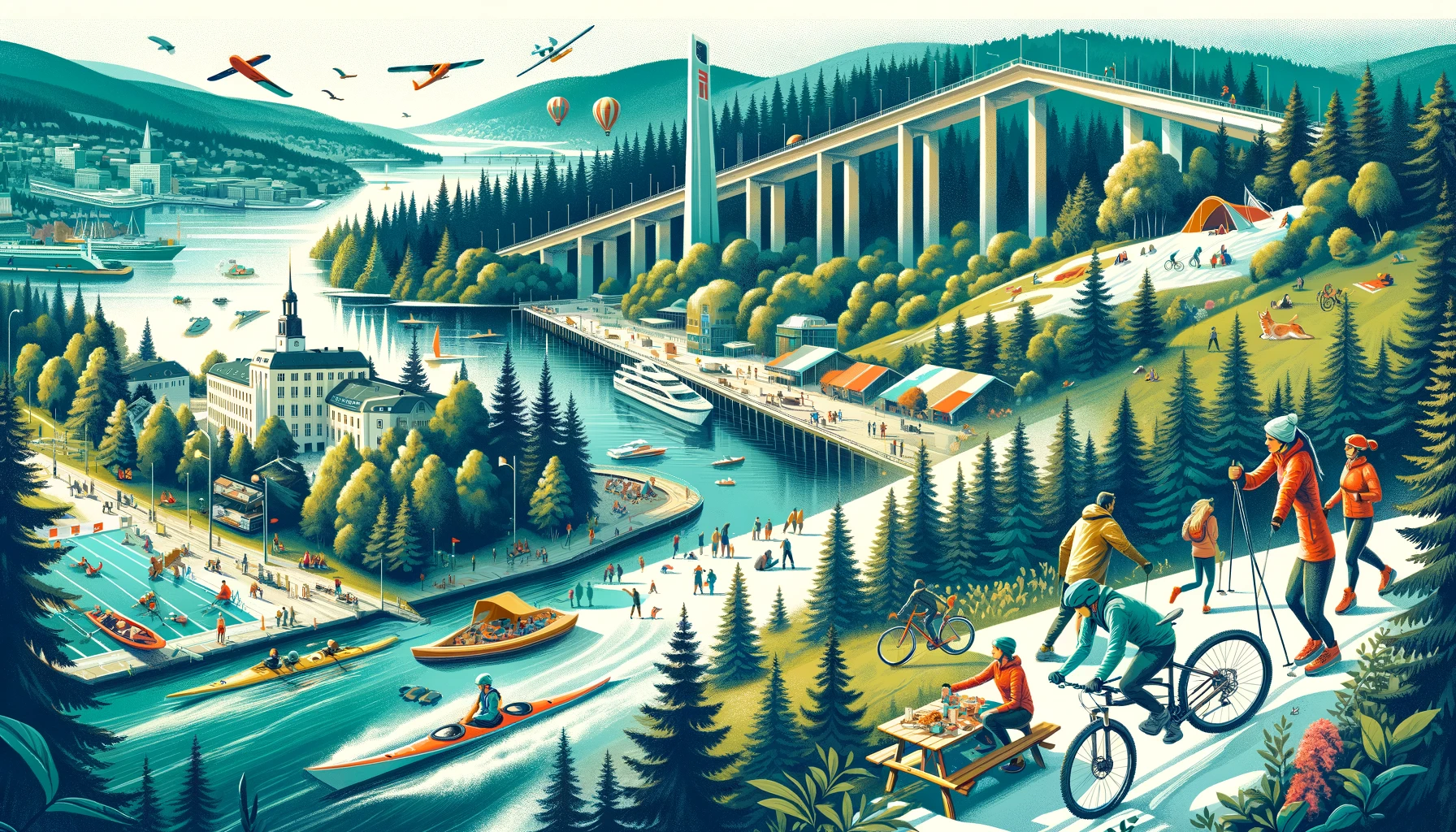
Oslo is a city that offers a wide range of outdoor activities, from hiking and biking to skiing and sailing. Here are some of the top outdoor activities that you won't want to miss during your visit to Oslo.
Hiking in the Oslo Marka: A Nature Lover's Paradise
If you're a nature lover, then you'll be delighted to know that Oslo is surrounded by the Oslo Marka, a vast wilderness area that offers hundreds of kilometers of hiking trails. The Marka is home to a variety of landscapes, from dense forests and rolling hills to tranquil lakes and rugged mountains. Whether you're a seasoned hiker or simply looking for a peaceful walk in the woods, the Oslo Marka has something for everyone.
One of the most popular hiking trails in the Marka is the Birkebeiner Trail, which follows the route taken by the Birkebeiner skiers in 1206. The trail is approximately 50 kilometers long and offers stunning views of the surrounding countryside. Other popular hiking trails in the Marka include the Oslomarka Round Tour, the Nordmarka Trail, and the Sognsvann Trail.
Kayaking and Canoeing in Oslo's Waterways
Oslo is a city that is surrounded by water, and there are plenty of opportunities to explore the city's waterways by kayak or canoe. The city is home to several rental companies that offer kayaks and canoes for rent, and there are many scenic routes to choose from.
One of the most popular kayaking routes in Oslo is the Oslofjord, which offers stunning views of the city skyline and the surrounding countryside. The fjord is home to a variety of wildlife, including seals, porpoises, and sea birds, making it a popular spot for nature lovers and photographers alike. Other popular kayaking and canoeing routes in Oslo include the Akerselva River, the Bogstadvannet Lake, and the Maridalsvannet Lake.
Cross-Country Skiing in Oslo's Winter Wonderland
If you're visiting Oslo in the winter, then you'll be delighted to know that the city is a popular destination for cross-country skiing. Oslo is home to more than 2,000 kilometers of groomed cross-country ski trails, making it one of the largest ski networks in the world.
One of the most popular cross-country skiing destinations in Oslo is the Nordmarka, a vast wilderness area that offers a variety of trails for skiers of all skill levels. The Nordmarka is also home to several ski rental shops, making it easy to rent equipment and hit the trails. Other popular cross-country skiing destinations in Oslo include the Sognsvann area, the Tryvann area, and the Holmenkollen area.
In addition to cross-country skiing, Oslo also offers a variety of other winter activities, including downhill skiing, snowboarding, and ice skating. The city is home to several ski resorts, including the popular Tryvann Ski Resort, which offers a variety of runs for skiers of all skill levels. Whether you're an experienced skier or simply looking to enjoy the winter scenery, Oslo has something for everyone.
Culture and Cuisine in Oslo
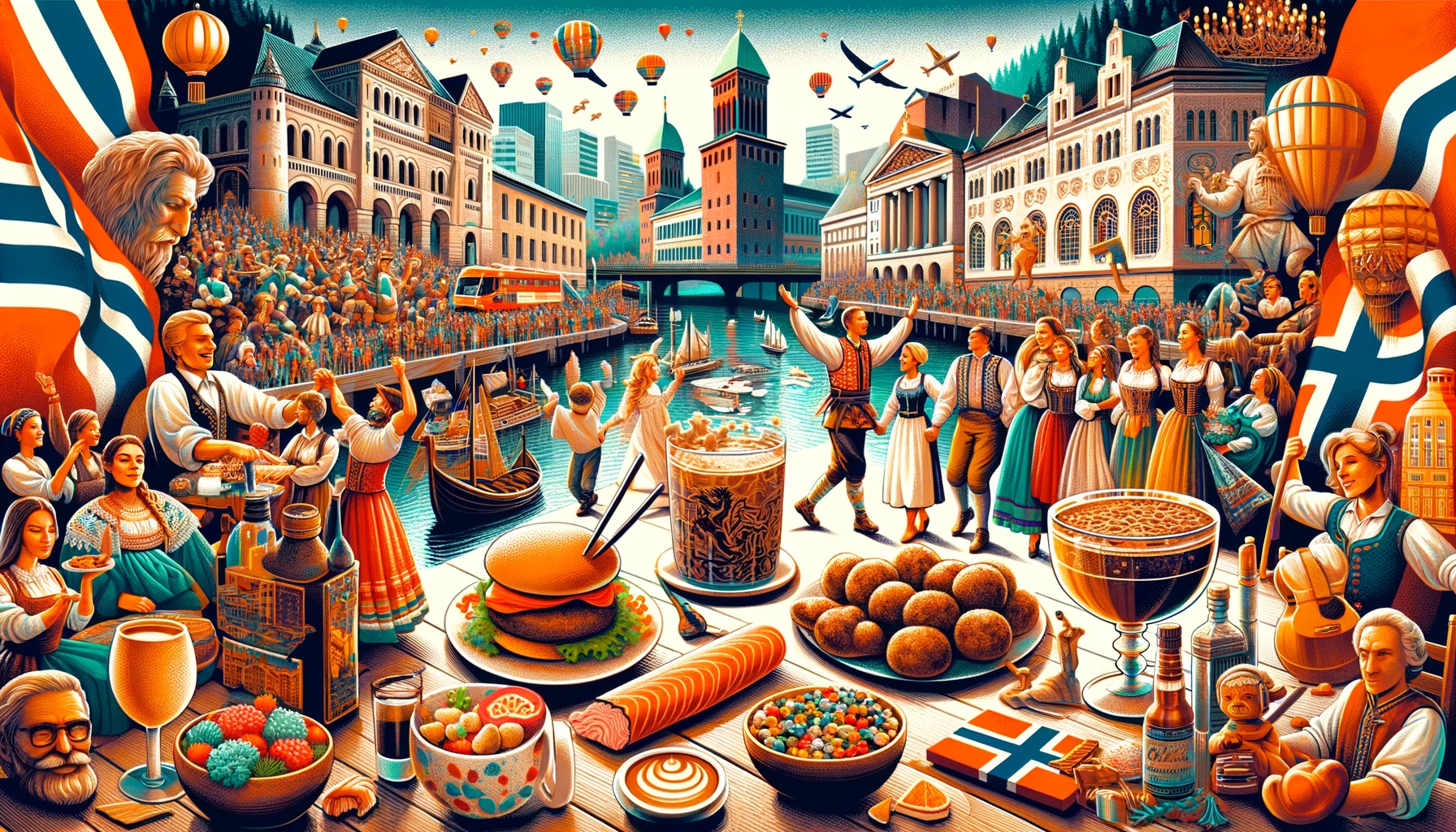
Oslo is a city that is rich in culture and cuisine, offering visitors a wide range of artistic and culinary experiences to enjoy. From its vibrant arts scene to its delicious Norwegian cuisine, Oslo is a city that is sure to delight and inspire.
Exploring Oslo's Vibrant Arts Scene
Oslo is a city that is home to a thriving arts scene, with a variety of museums, galleries, and theaters that showcase the best of Norwegian and international art. Here are some of the top cultural attractions that you won't want to miss during your visit to Oslo.
The Munch Museum: A Must-Visit for Art Lovers
If you're an art lover, then the Munch Museum is a must-visit attraction in Oslo. This museum is dedicated to the work of Edvard Munch, one of Norway's most famous artists, and it is home to the world's largest collection of Munch's works. The museum features more than 1,000 paintings, as well as prints, drawings, and sculptures, and it offers visitors a fascinating insight into the life and work of this groundbreaking artist.
The National Museum of Art, Architecture, and Design: A Cultural Hub
For those interested in a broader overview of Norwegian art and design, the National Museum of Art, Architecture and Design is a must-visit attraction. This museum is home to a vast collection of Norwegian and international art, architecture, and design, and it offers visitors the opportunity to explore the rich cultural heritage of Norway. The museum also hosts a variety of temporary exhibitions throughout the year, making it a dynamic and ever-changing cultural hub.
The Norwegian Opera and Ballet: A Night at the Theater
For those looking for a night at the theater, the Norwegian Opera and Ballet is a must-visit attraction. This world-class performing arts venue is home to the Norwegian National Opera and Ballet, as well as a variety of other theater companies and performing arts groups. The building itself is a work of art, with a stunning glass facade and a modern, minimalist interior. Whether you're a fan of opera, ballet, or theater, the Norwegian Opera and Ballet is sure to provide an unforgettable cultural experience.
Sampling Norwegian Cuisine: From Seafood to Waffles
Norwegian cuisine is a highlight of any visit to Oslo, with a wide range of delicious dishes to sample. Here are some of the top Norwegian dishes that you won't want to miss during your visit to Oslo.
Seafood: A Norwegian Delicacy
Norway is a country with a long coastline, and seafood is a staple of the Norwegian diet. From fresh salmon and trout to delicious shellfish and seafood soups, there is no shortage of seafood dishes to try in Oslo. Some of the most popular seafood dishes in Oslo include grilled salmon, fish soup, and seafood paella.
Waffles: A Sweet Treat
For those with a sweet tooth, Norwegian waffles are a must-try. These delicious treats are made with a special waffle iron, which gives them a unique heart shape and a crispy texture. Norwegian waffles are typically served with jam, sour cream, or brown cheese, making them a delicious and satisfying snack.
Nightlife in Oslo: From Traditional Pubs to Modern Clubs
Oslo is a city that offers a wide range of nightlife options, from traditional pubs and bars to modern clubs and lounges. Here are some of the top spots to check out during your visit to Oslo.
Traditional Pubs: A Taste of Norwegian Culture
For those looking to experience traditional Norwegian culture, a visit to one of Oslo's many traditional pubs is a must. These pubs, known as "bodegas," offer a cozy and welcoming atmosphere, with a wide range of Norwegian beers and traditional dishes to sample. Some of the most popular traditional pubs in Oslo include the Schouskjelleren Mikrobryggeri, the Den Nye Kro, and the Dovrehallen.
Modern Clubs: A Night on the Town
For those looking for a more modern nightlife experience, Oslo's many clubs and lounges are sure to impress. These clubs offer a wide range of music, from electronic dance music to hip hop and R&B, and they are a great place to dance the night away. Some of the most popular clubs in Oslo include the Villa, the Jaeger, and the Bla.
Practical Information for Visiting Oslo
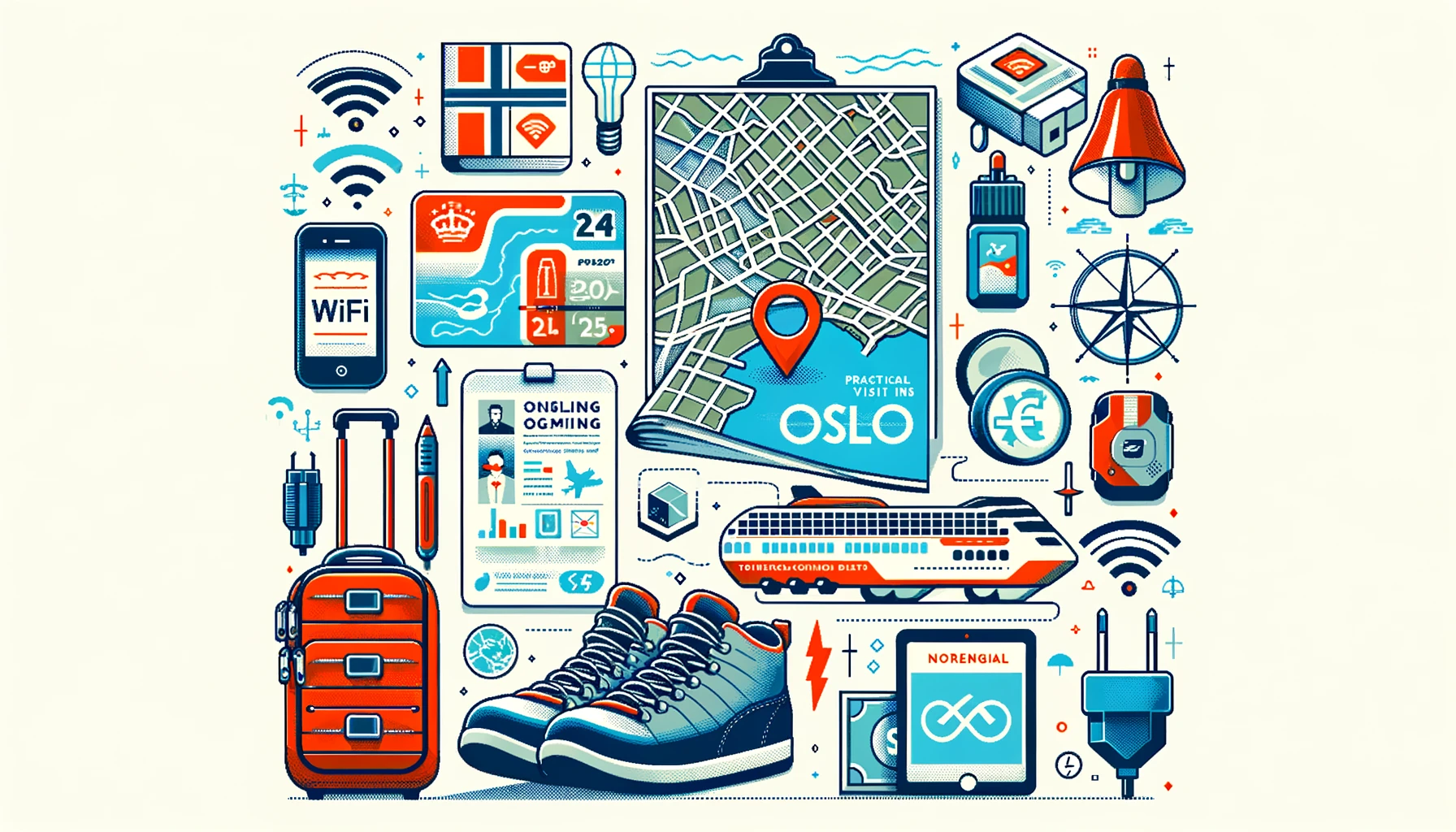
Getting to Oslo: Flights, Trains, and Buses
Oslo is easily accessible by air, train, and bus, making it a convenient destination for travelers from around the world.
By Air: Oslo has two airports, Oslo Gardermoen Airport and Oslo Torp Airport. Oslo Gardermoen Airport is the largest airport in Norway and offers direct flights to and from many international destinations. The airport is located about 50 kilometers north of the city center and can be reached by train, bus, or taxi. Oslo Torp Airport is located about 120 kilometers south of the city center and offers flights to and from several European destinations.
By Train: Oslo has excellent train connections to other parts of Norway and Europe. The main train station, Oslo S, is located in the heart of the city and offers direct trains to several destinations in Norway, as well as trains to Sweden, Denmark, and Germany.
By Bus: Oslo has several bus companies that offer connections to other parts of Norway and Europe. The main bus station, Oslo Bussterminal, is located in the city center and offers buses to and from several destinations, including Sweden, Denmark, and Germany.
Accommodation Options in Oslo: From Budget Hostels to Luxury Hotels
Oslo offers a wide range of accommodation options to suit all budgets and preferences. Here are some of the most popular options:
Budget Hostels: For travelers on a budget, Oslo has several hostels that offer affordable accommodation. Some of the most popular budget hostels in Oslo include the Anker Hostel, the Saga Poshtel Oslo Central, and the Oslo Hostel Rønningen.
Mid-Range Hotels: For those looking for a bit more comfort and luxury, Oslo has several mid-range hotels that offer excellent value for money. Some of the most popular mid-range hotels in Oslo include the Thon Hotel Rosenkrantz, the Thon Hotel Astoria, and the Comfort Hotel Xpress Central Station.
Luxury Hotels: For those looking for a truly luxurious experience, Oslo has several five-star hotels that offer the highest level of comfort and service. Some of the most popular luxury hotels in Oslo include the Grand Hotel, the Hotel Continental, and the The Thief.
Transportation in Oslo: Navigating the City's Buses, Trams, and Metro
Oslo has an excellent public transportation system, with buses, trams, and a metro system known as the T-bane. The public transportation system is easy to use and offers convenient connections to all parts of the city.
Tickets for the public transportation system can be purchased at ticket machines, kiosks, or online. The Oslo Pass, which offers unlimited travel on the public transportation system, as well as free admission to many of the city's top attractions, is also a popular option for visitors.
Tips for Visiting Oslo: How to Make the Most of Your Trip
Here are some tips to help you make the most of your trip to Oslo:
- Dress in layers: Oslo's weather can be unpredictable, so it's a good idea to dress in layers to stay warm and dry.
- Take a walking tour: Oslo is a city best explored on foot, and there are several walking tours available that offer a great way to see the city's top attractions.
- Try local cuisine: Norwegian cuisine is delicious, so be sure to try some local dishes, such as seafood, waffles, and brown cheese.
- Plan ahead: Oslo can be a busy city, so it's a good idea to plan your itinerary in advance to avoid long lines and crowds.
- Be respectful: Oslo is a city with a rich cultural heritage, so be sure to show respect for local customs and traditions.


